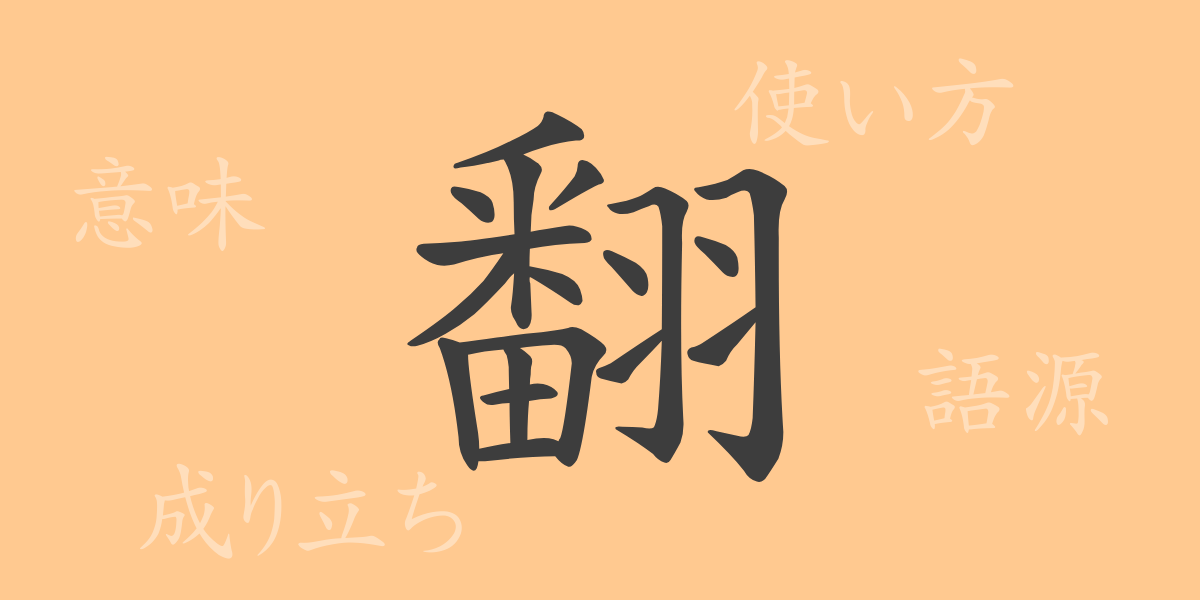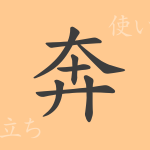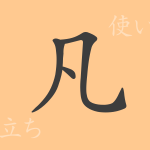From ancient times, words have had the power to translate thoughts, captivate hearts, and transform the world. One of the common kanji (かんじ) characters in Japanese, “翻” (hon), is frequently used to represent such changes and movements. In this article, we delve into the origins, meanings, and usages of the kanji “翻” (hon), exploring its charm through various idioms and proverbs.
Origins of 翻 (hon)
The kanji “翻” (hon) traces its origins back to ancient China. The upper part consists of “番” (pan), and the lower part features “羽” (yu). “番” (pan) signifies reversal or interchanging, while “羽” (yu) represents a bird’s feather, evoking the image of flight. This combination indicates that “翻” (hon) originally depicted movements such as “changing direction in mid-air” or “reversing.”
Meaning and Usage of 翻 (hon)
The kanji “翻” (hon) encompasses meanings associated with movements such as “turning over,” “flipping,” and “reversing.” Specifically, it is used to describe the fluttering of a flag in the wind or changes in one’s heart or attitude. Additionally, it is a versatile character used in terms like “翻訳” (honyaku) for translation and “翻刻” (honkoku) for reprinting, indicating conversion from one form to another.
Readings, Stroke Count, and Radical of 翻 (hon)
The kanji “翻” (hon) has various readings in Japanese.
- Readings: The on’yomi (音読み) is “ホン” (hon), and the kun’yomi (訓読み) readings are “ひるがえる” (hirugaeru) and “ひるがえす” (hirugaesu).
- Stroke Count: It consists of 18 strokes in total.
- Radical: The radical is “羽” (hanehen), meaning feather.
Idioms, Proverbs, and Expressions Using 翻 (hon)
Here are some idioms, proverbs, and expressions that include “翻” (hon):
- 翻意 (hon’i): To change one’s mind.
- 翻訳 (honyaku): To translate text from one language to another.
- 国旗を翻す (kokki wo hirugaesu): To hoist a national flag, symbolizing the nation.
- 心を翻す (kokoro wo hirugaesu): To change one’s mind or reconsider.
- 風に翻る (kaze ni hirugaeru): To change one’s opinion or attitude frequently, like being swayed by the wind.
These expressions are frequently used in daily life and business settings, conveying rich meanings hidden behind the words.
Conclusion on 翻 (hon)
The kanji “翻” (hon) has been used in various contexts from ancient times to the present, symbolizing movement and change. Its rich meanings and usages highlight the power of words, adding depth to our communication. Understanding the use of “翻” (hon) in Japanese can deepen our grasp of language manipulation, enabling richer expressions.

























